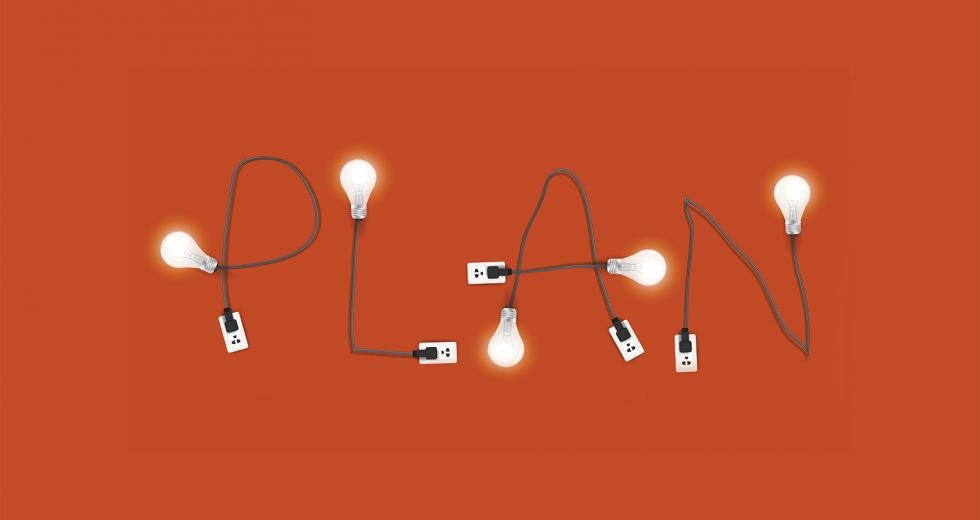Depending on the type of business you operate, lighting can account for 20 to 50 percent of electricity consumption. This means significant cost savings can be achieved with energy-efficiency upgrades, and due to continually improving equipment, lighting usually provides the highest return on investment of major updates.
Energy-efficient fluorescent lighting systems offer improved efficiency, higher intensity and potentially longer life than their standard fluorescent counterparts. These lighting systems are constantly increasing in flexibility and are now applicable to a variety of task and accent lighting applications as well as general lighting of larger spaces.
Successful lighting design begins with assessing how occupants use the space. A lighting system should deliver the quantity and quality of light according to those needs. Ask your lighting professional or supplier to bring to your business a sample of the fixture and bulb you are considering so you can see how the lighting looks in your space. There is no substitute for visual evaluation.
Fixture efficiency accounts for how much light actually gets out of the fixture, and it impacts a lighting system’s overall efficiency. A fixture that’s 90 percent efficient delivers 50 percent more light than one that’s only 60 percent efficient.
Avoid waste by installing automatic controls that can switch or dim lighting based on time, occupancy, light levels or a combination of factors.
Upgrading older light fixtures to a recessed, indirect/direct light fixture paired with an updated 2×2 ceiling system is one of the most effective office building improvements a landlord can install, according to Chris Loberg, a project manager for Welsh Construction. By investing $4 to $6 per foot for lighting and ceiling improvements, you can drastically change the look of your building, attracting better tenants and increasing your building’s value.
Save money by harvesting the free light of the sun! Daylight can be harvested by simply not blocking windows and by dimming/turning off the lights based on available daylight throughout your facility.
SOURCES: Colliers International, Energy Trust of Oregon, U.S. Small Business Administration, Welsh
Sick of missing out? Sign up for our weekly newsletter highlighting our most popular content. Or take it a step further and become a print subscriber — it’s both glossy and affordable!
Recommended For You
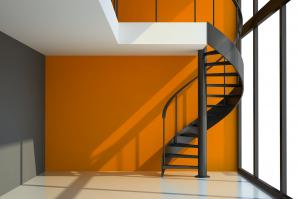
9 Ways to Sweeten Your Lease Terms
Budgets are finite—Spend smart to maximize your outcomes
Whether you’re looking for tenants or shopping for space: Here are some tips that might sweeten the deal or — if overlooked — can make one go sour.
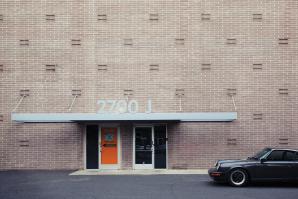
Modernist Marvels
On the Cover: Local buildings take an old-school approach to present-day challenges
Here we feature some of Sacramento’s most innovative, modernist buildings and the architectural solutions employed to achieve enduring and functional spaces.
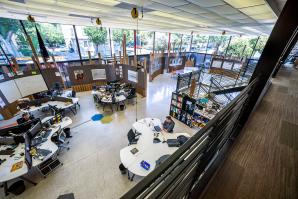
Creative Spacing
4 factors to consider
VSP wanted The Shop in Midtown to be flexible, buildable and breakable, a learning space and a prototype in itself (form following function). With that in mind, architects put wheels on the tables and on corrugated cardboard walls to make everything portable and adaptable.
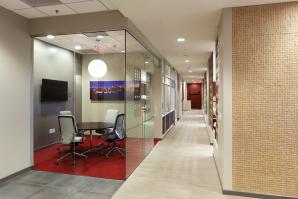
Farewell to the Corner Office
The next generation of workpace design
Walk into any coffee shop and it’s obvious that the place we call “the office” has changed. Many of the people sitting at tables are likely mixing laptops with lattes as they browse email and write reports. Some may be pitching a sale over coffee.



